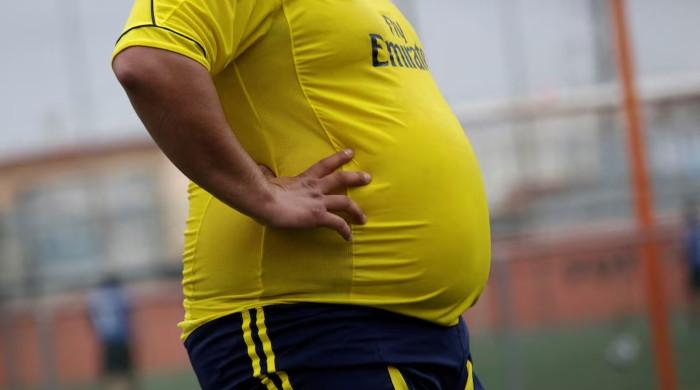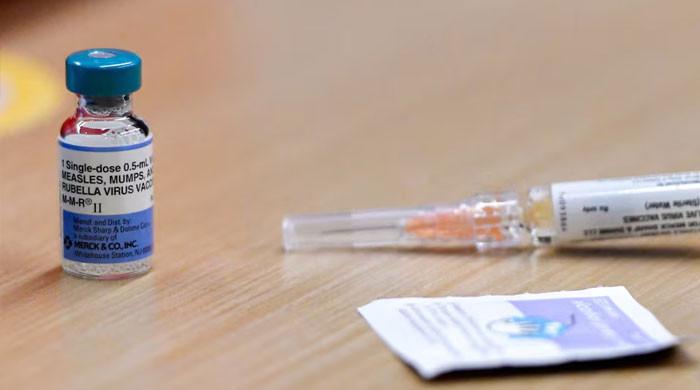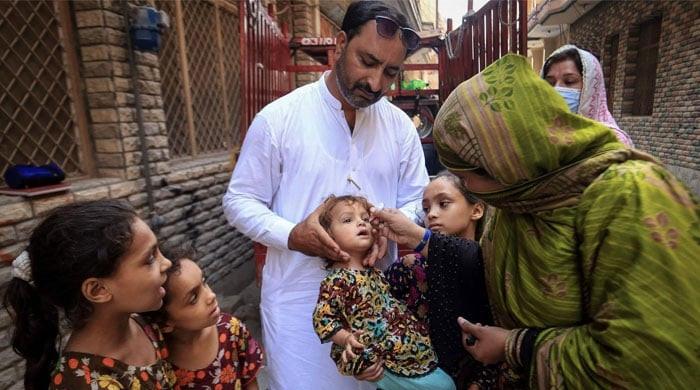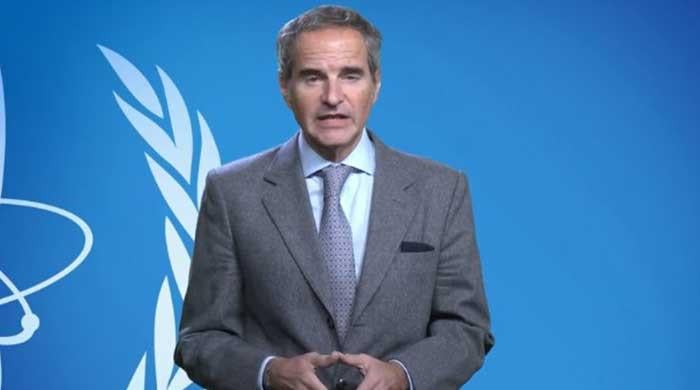Here's how you can identify and prevent a heat stroke
We take a look at the symptoms of a heat stroke and measures that can be taken to prevent it
April 27, 2019
As summer approaches and temperatures rise across the country, residents are advised to take precautions while venturing outdoors to prevent a heat stroke.
The Pakistan Meteorological Department (PMD) has issued an alert saying a heatwave would grip Karachi next week for three days from May 1-3, with temperatures to range from 40 to 42 degrees Celcius accompanied by dry and hot winds.
With Karachi expected to remain hot and dry in the coming days, we take a look at the symptoms of a heat stroke and measures that can be taken to prevent it.
What is a heat stroke?
Heat stroke results from prolonged exposure to high temperatures -- usually in combination with dehydration -- which leads to failure of the body's temperature control system.
What are the symptoms of a heat stroke?
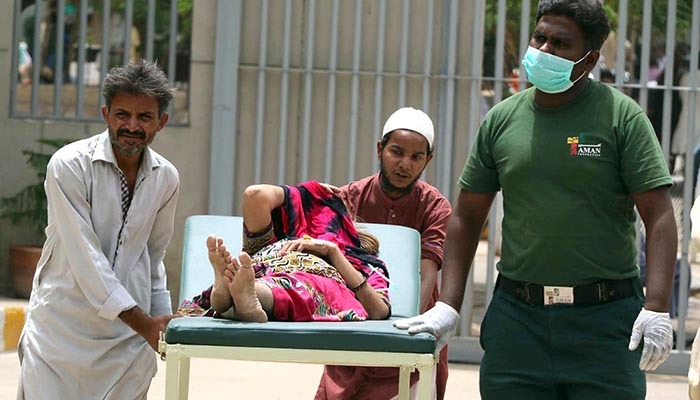
Those suffering from heatstroke may exhibit signs and symptoms such as:
- High temperature but without sweating
- Throbbing headache
- Dizziness and light-headedness
- Lack of sweating despite the heat
- Red, hot, and dry skin
- Muscle weakness or cramps
- Nausea and vomiting
- Rapid heartbeat, which may be either strong or weak
- Rapid, shallow breathing
- Behavioural changes such as confusion, disorientation, or staggering
- Seizures
- Unconsciousness
How to prevent a heat stroke
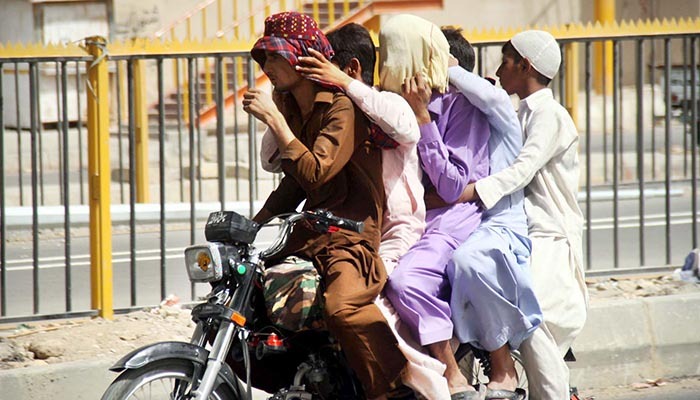
Here are some measures you can take to shield yourself from a heat stroke:
- Avoid strenuous activity
- Wear lightweight, light-colored, loose-fitting clothing
- Wear a wide-brimmed hat or cap
- Use sunscreen
- Take frequent showers





